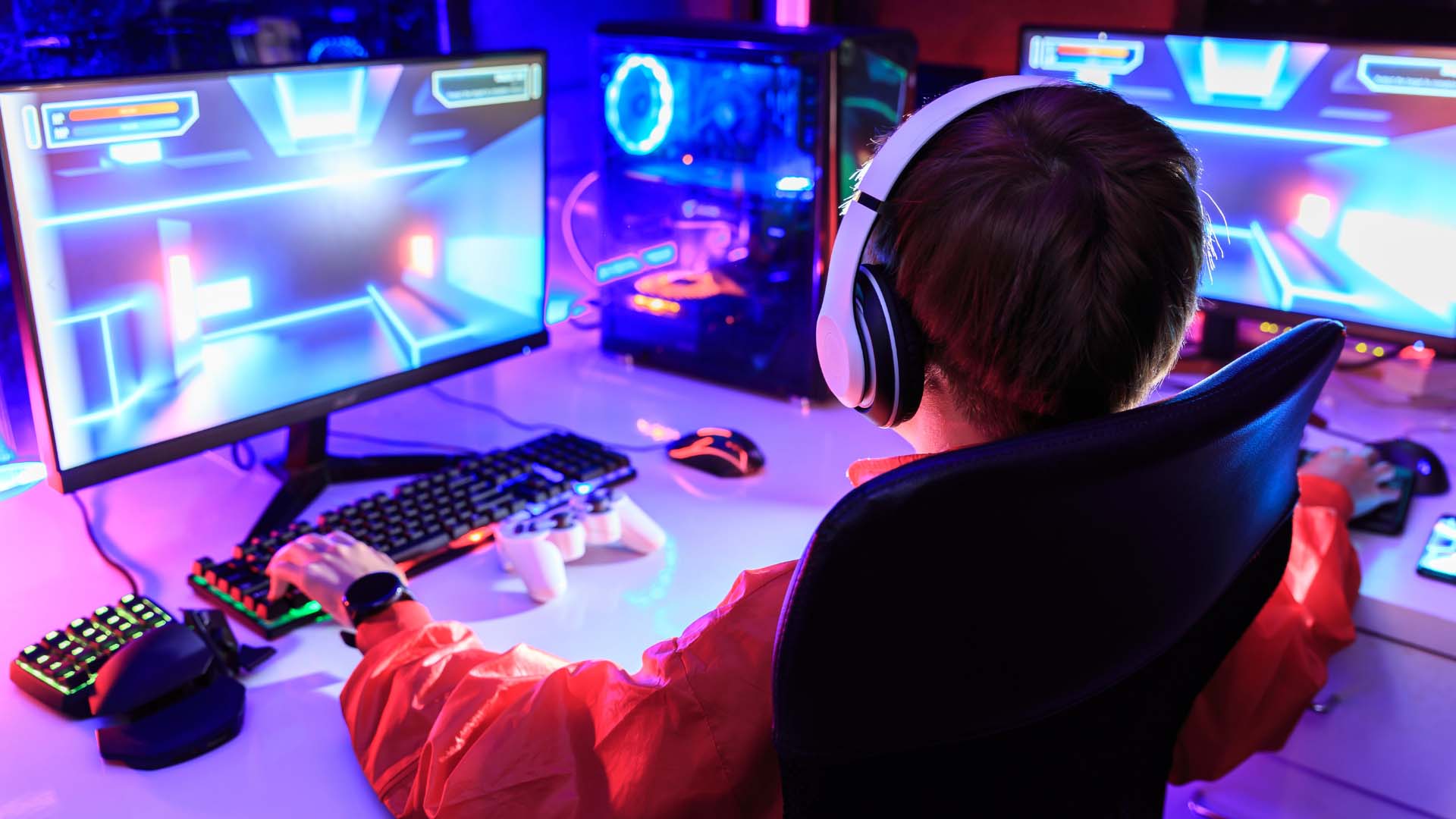
Whether you’re planning to upgrade hardware or need to know your current specifications to check if it’s compatible with a game, you need to know how to check your gaming PC specs.
It is relatively an easy task, but for those of you who have no idea how to. Below is an easy and quick guide that will walk you through how to quickly check your gaming PC specs to get the details you need.
Checking the CPU (Processor)
The CPU of your unit is responsible for processing every software, program, and app. It is also the unit responsible for sending information to your other hardware components. This is why it is referred to as the central processing unit.
Here’s how to check the CPU in your device:
- Go to the Windows taskbar and click Settings.
- Click System in the menu.
- Scroll down and click About.
- This will list details about your device, including what kind of processor you have.
Checking the Graphics Card (GPU)
The graphics card (GPU) is also known as the video card unit. It is responsible for rendering every image on your monitor, from your Windows interface to your video games. To find out what GPU your device has, follow the steps below:
- Go to the Windows taskbar and type “Device Manager” in the search bar.
- Click Device Manager once it pops up in the option.
- On Device Manager, click the arrow next to Display Adapters.
- This will display the brand and model of your GPU.
If you notice that there are two options under the Display Adapters. This means your device has an integrated graphics card on the CPU/processor and another dedicated one on your device.
You need to look for a dedicated graphics card on your device. This is the more powerful GPU and is typically listed as the second option.
Integrated graphics are usually named like Intel HD Graphics. While dedicated graphics are called NVIDIA GeForce or AMD Radeon.
Checking the Motherboard
The motherboard serves as the foundation of your system. It is what connects all your hardware to your processor. It is also responsible for distributing electricity from your power supply. When checking the motherboard of your unit, including its manufacturer, sockets, and chipset, there are two ways to do it.
First, you can manually check the motherboard by opening up your chassis. You can quickly check the brand and model on the motherboard.
The second option is to check the motherboard within your system by following the steps below:
- Go to the Windows taskbar and type System.
- Click System Information when it appears in the option.
- Scroll down on the System Summary tab until you find the Motherboard Manufacturer or Baseboard Manufacturer.
- The details next to the BaseBoard Manufacturer, BaseBoard Model, and BaseBoard Name are the information you are looking for.
Checking the RAM (System Memory)
The RAM, or the random access memory, is the unit responsible for temporarily storing the software and programs currently running in the system. This way, your processor doesn’t need to fetch the information again and again from the hard drive.
Checking the RAM/System Memory of your gaming PC is easy; follow the steps below:
- Go to the Windows taskbar and click Settings.
- Select System and scroll down.
- Select About and check the details next to Installed RAM.
Using Third-Party Apps
Aside from the methods above, you can install a third-party app or monitoring tool to check your hardware specifications. These tools help you find the necessary information and details about your system.
You can install several third-party hardware monitoring tools on your PC, such as the CPU-Z, Speccy, and MSI Afterburner.
After you have checked your gaming PC specs, you can now decide whether you should upgrade your current system or not. However, if you want to upgrade your hardware components, you can’t just buy new and better hardware. The hardware should be compatible with all the other components in your system.
For example, if you have an old motherboard, you can’t just pick out the latest processor on the market and install it. The two won’t be compatible. It’s important to first check if the hardware you plan to buy is compatible with your current setup.
And if you are using an old unit, buying a new gaming PC will be best. Ensure that when purchasing a new unit, you also need to check the specifications and if they are better than your old one.
Find the best gaming PCs on CyberPowerPC.com.